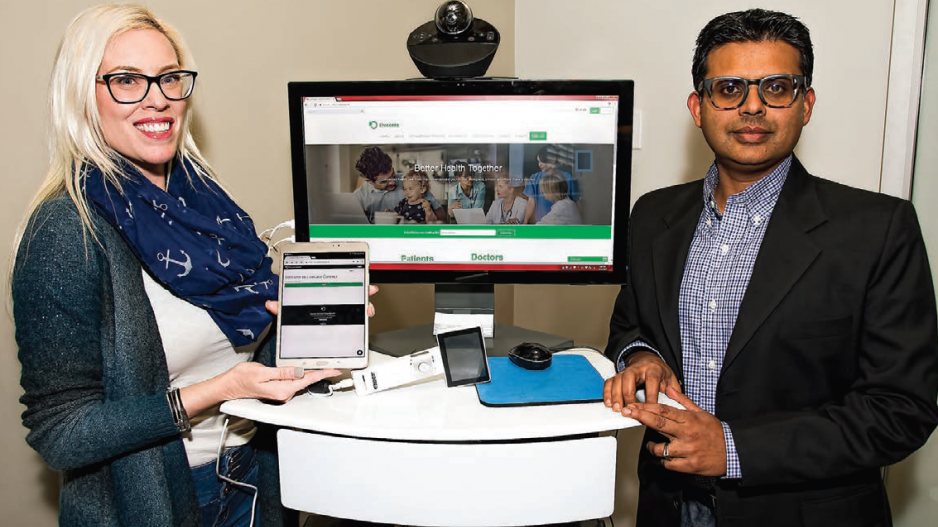In 2012 the Nisga’a Lisims First Nations were facing a health-care crisis when the community’s only doctor left abruptly.
Dr. Mark Godley, chief executive officer for Livecare, a Surrey-based health-care technology company – which has since taken over medical services within the Nisga’a Lisims – said the loss of the local doctor five years ago was incredibly damaging to the community, which is near the Nass River northwest of Terrace in northwestern British Columbia.
The doctor’s sudden departure, he said, “left four communities with nursing stations and no doctor. So the nurses had nobody to report to and nobody to work under.”
The Nisga’a Lisims, which has a population of 6,066, got in touch with Livecare, and the company went to work rebuilding the community’s health-care delivery system from the ground up.
Dr. Amit Mathur, an optometrist, is Livecare’s chief operating officer. He said inconsistent care is something many rural, isolated First Nations communities have to deal with. He said his upbringing in the area helped to facilitate the relationship between Livecare and the Nisga’a Lisims.
“I grew up in Kitimat [about a 45-minute drive south from Terrace] and have had a long-term relationship with the community and provided eye care, and that’s how it began.”
Through the Nisga’a Treaty, which came into effect in 2000, money from the federal government is allocated to the Nisga’a Lisims, and then can be used to cover health-care costs.
However, Godley said many First Nations communities are struggling to provide adequate health care to their citizens through public means. Many doctors are willing to work in the community only on a short-term locum basis, and many do just one rotation.
“The problem with First Nations health care is they get a lot of episodic care,” said Godley. “[Doctors or specialists] come in, do the care and then they bugger off. In one year [the Nisga’a Lisims] had 18 of these doctors coming in and out.”
Godley and Mathur, along with the Nisga’a Valley Health Authority, have implemented a number of initiatives to help improve local health care. One was to provide a rotating cast of doctors that would also be available through telehealth. Locals could then see the same physician regardless of whether he or she was physically stationed on the reserve.
Godley said the idea was to allow locals to develop a relationship with their primary-care physician and then fly in specialists as needed.
Only half of the country’s Aboriginal population would rate their level of health care as excellent or very good, according to a Statistics Canada study.
In 2016 federal Health Minister Jane Philpott released an assessment of First Nations health care. It found various shortcomings in a number of sectors, including health promotion and prevention, primary care, child development, infrastructure, non-insured health benefits and environmental health.
Godley said Livecare encountered a host of issues when it started setting up a more sustainable health-care model within the Nisga’a Lisims. The first was unstable and sporadic internet service, as well as issues connected with setting up and maintaining technology during the area’s harsh winter months.
“And just the general isolation of the area too. It’s just tough to get in and out, and get things in and out.”
Godley added that the relationship with Northern Health, which governs health care for B.C.’s north, was also initially strained. He said one of the biggest hurdles was simply getting people to accept the notion of conversing with a doctor electronically.
“There’s a cultural sensitivity and a technological burden,” he said. “One of the biggest challenges was with the elders in the village. They always wanted to see a doctor face to face, and they couldn’t really get their heads around seeing a doctor through a video. The younger patients weren’t a problem, but, the older ones, it took a long time. And there’s always going to be people who say, ‘We want a doctor in our community all of the time.’” •




